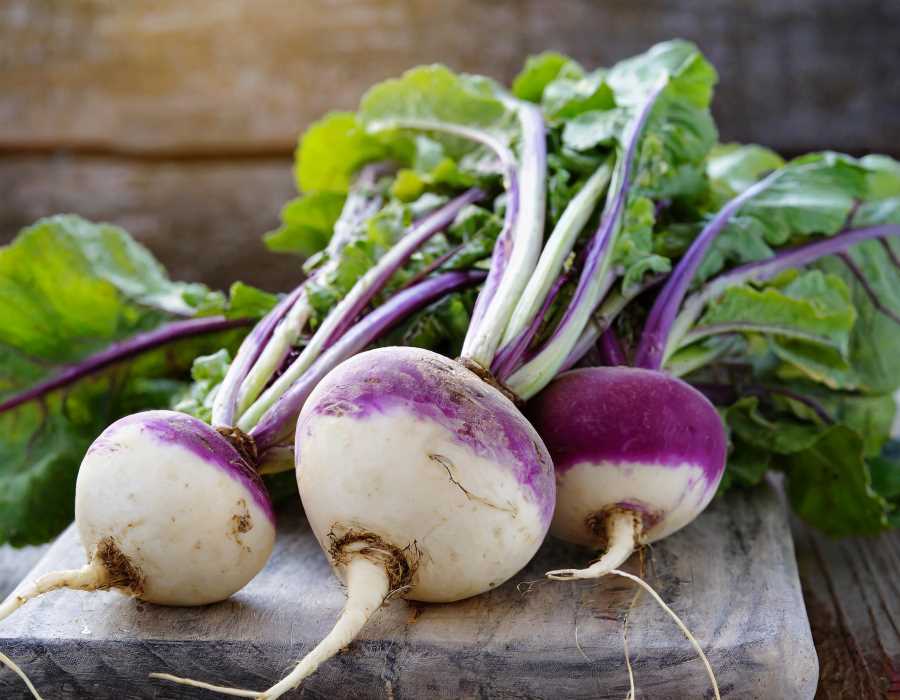Why You Should Love Turnips and Rutabagas
Turnips and rutabagas are often overlooked root vegetables. While the turnip boasts a subtle sweetness, the rutabaga, likely a turnip-cabbage hybrid, is larger and even sweeter. Despite its awkward appearance, the rutabaga shines in its own way.

The produce aisle, with its eye-catching colors and textures, can be a stage of hidden intrigue. Underneath the commonplace carrots and demure potatoes lies a world of unacknowledged characters, the supporting cast that rarely gets the limelight. Two such root vegetables hold court amongst these misunderstood stars of the soil: the turnip and its awkward progeny, the rutabaga.
If the turnip is the shy wallflower, a little plain but quietly sweet, the rutabaga is its clumsy cousin—heartier, somewhat sweeter, but alas, possessed of a less than desirable appearance. The rutabaga, some might say, is a Frankensteinian creation; a root vegetable mashed together in the shadowy backrooms of genetic tinkering. Mother Nature, so it seems, was the tinkering scientist.




